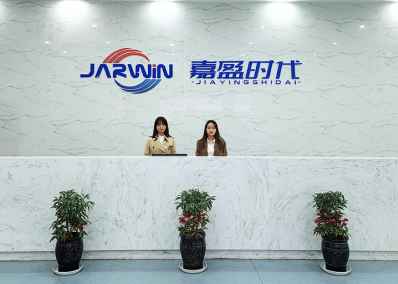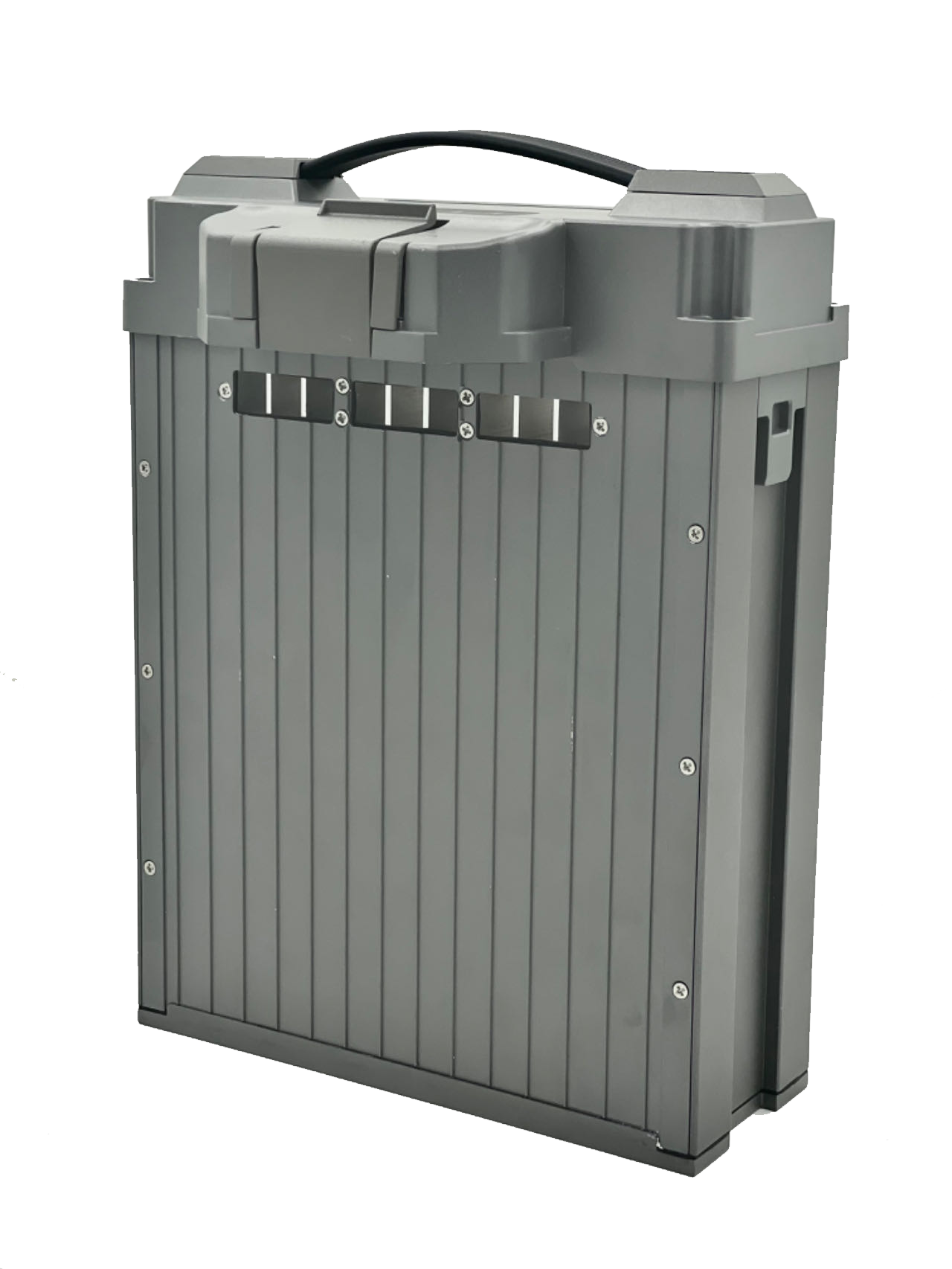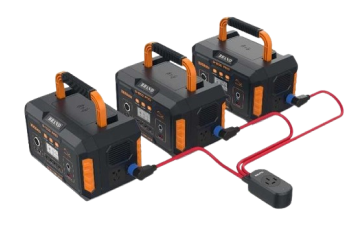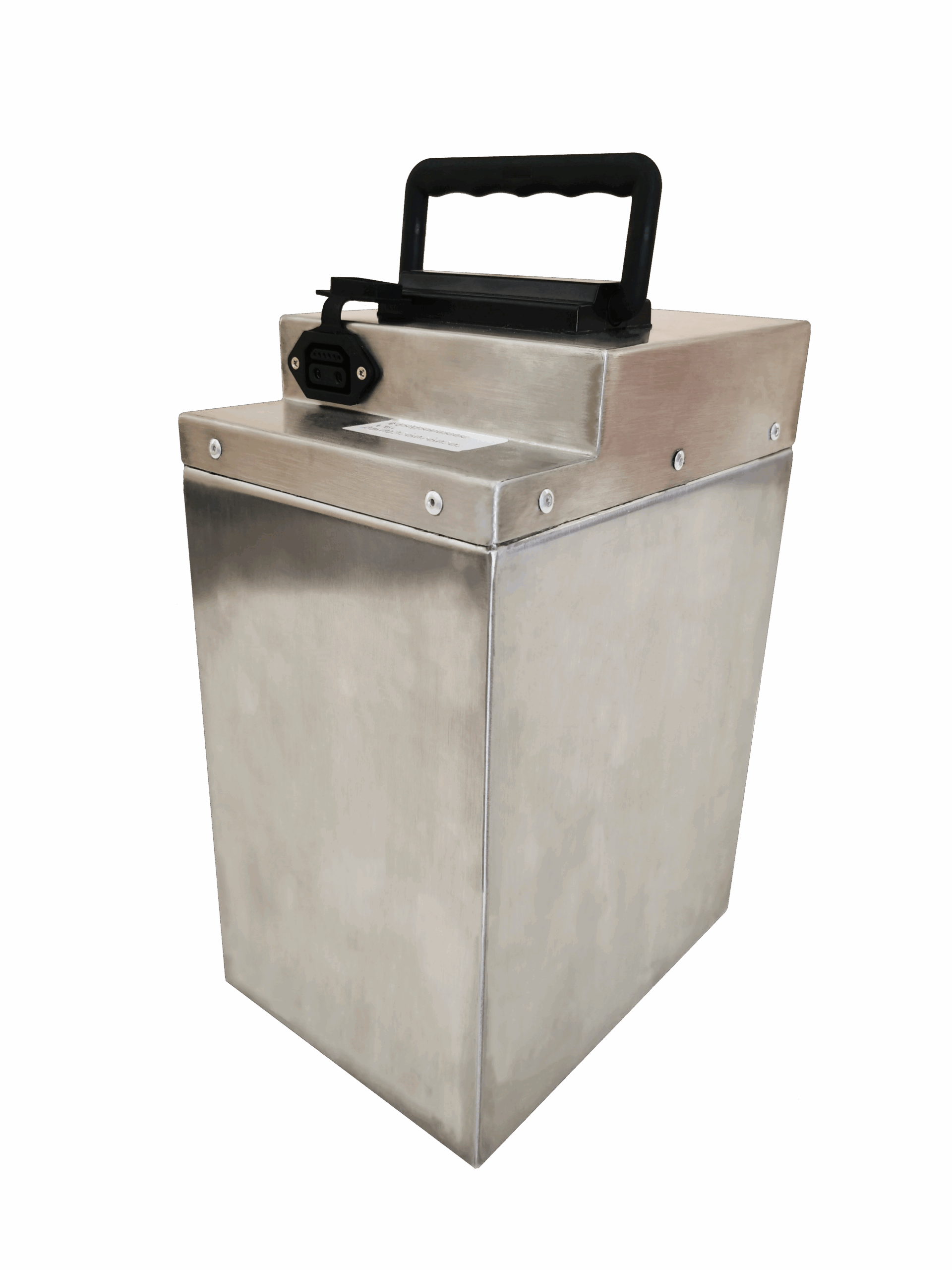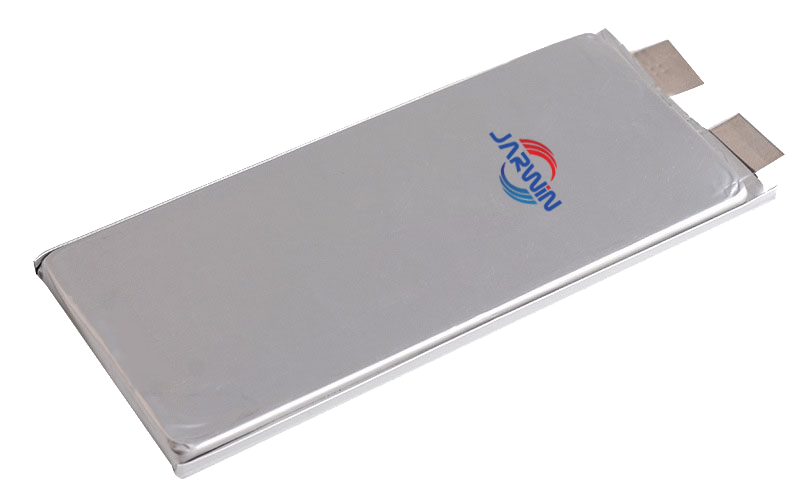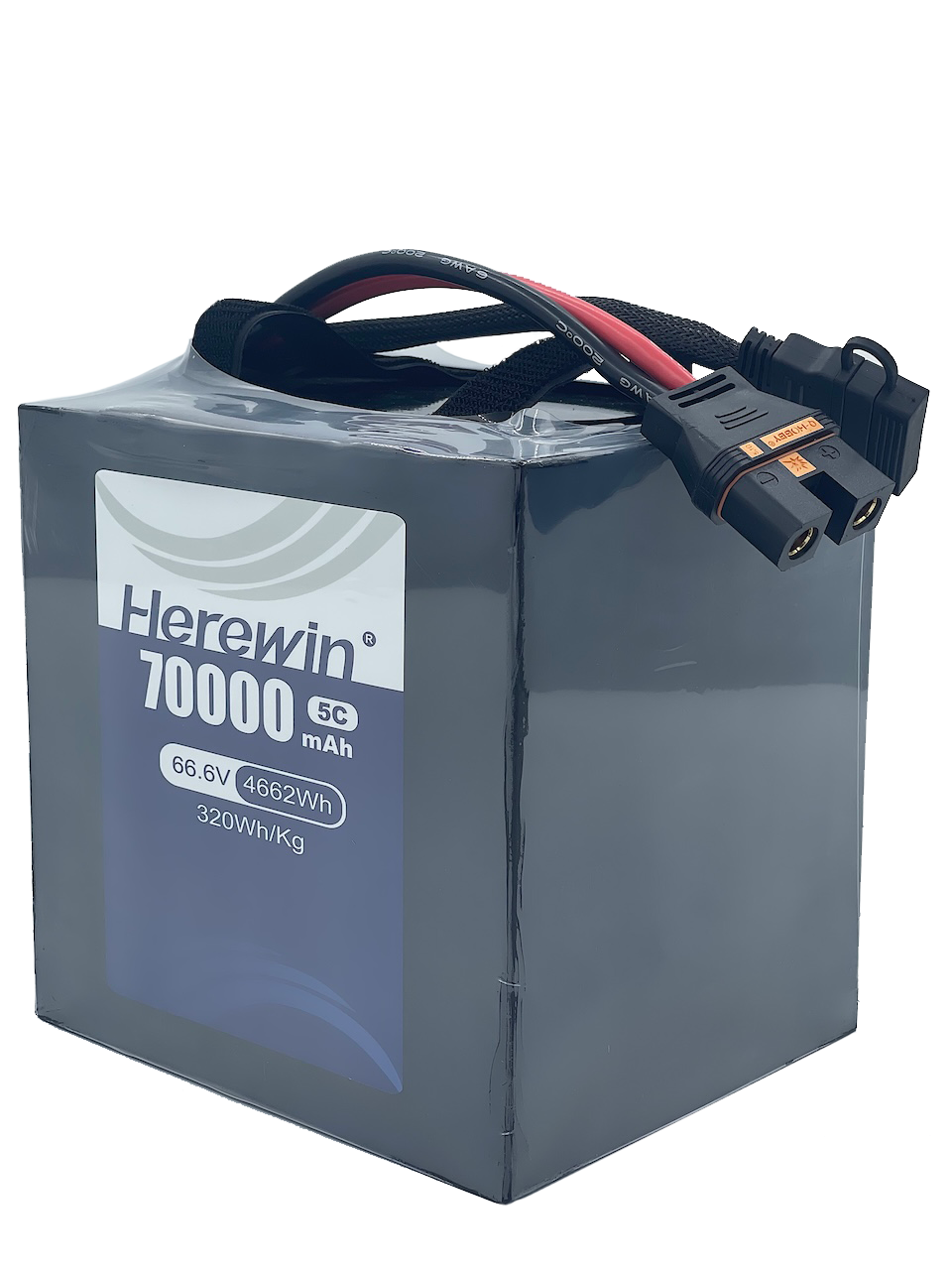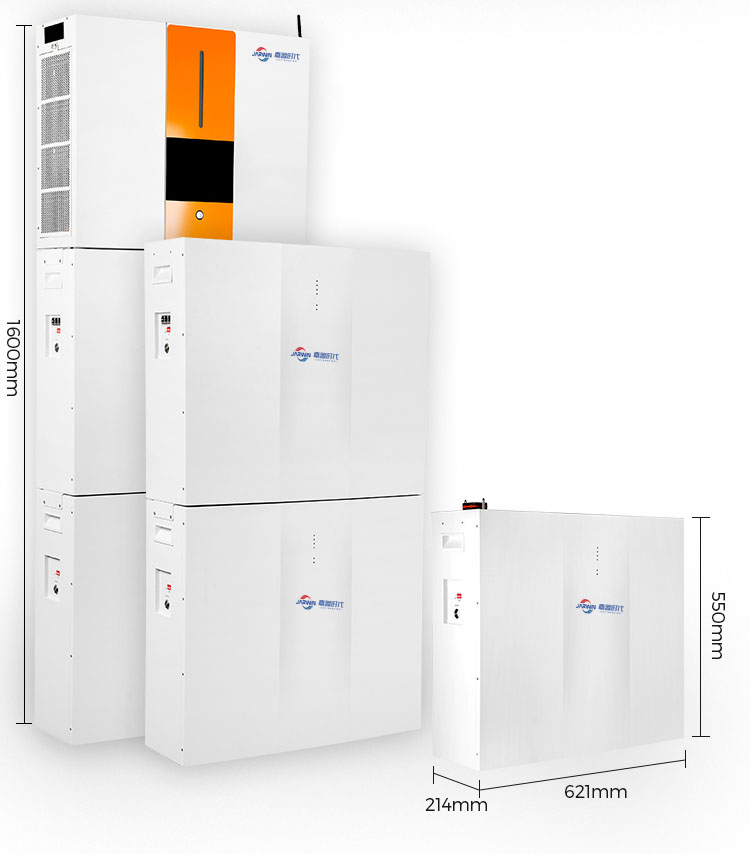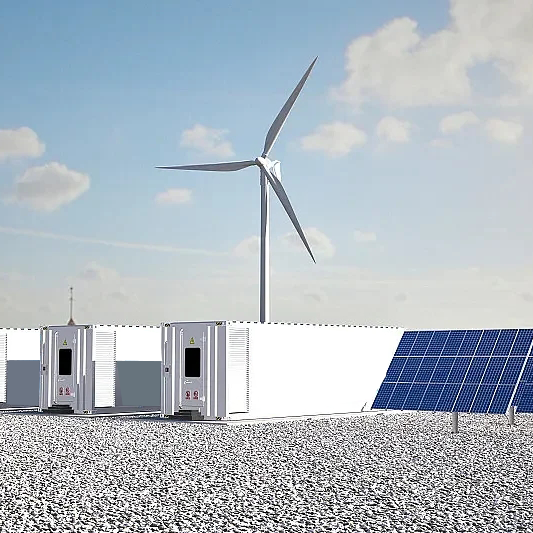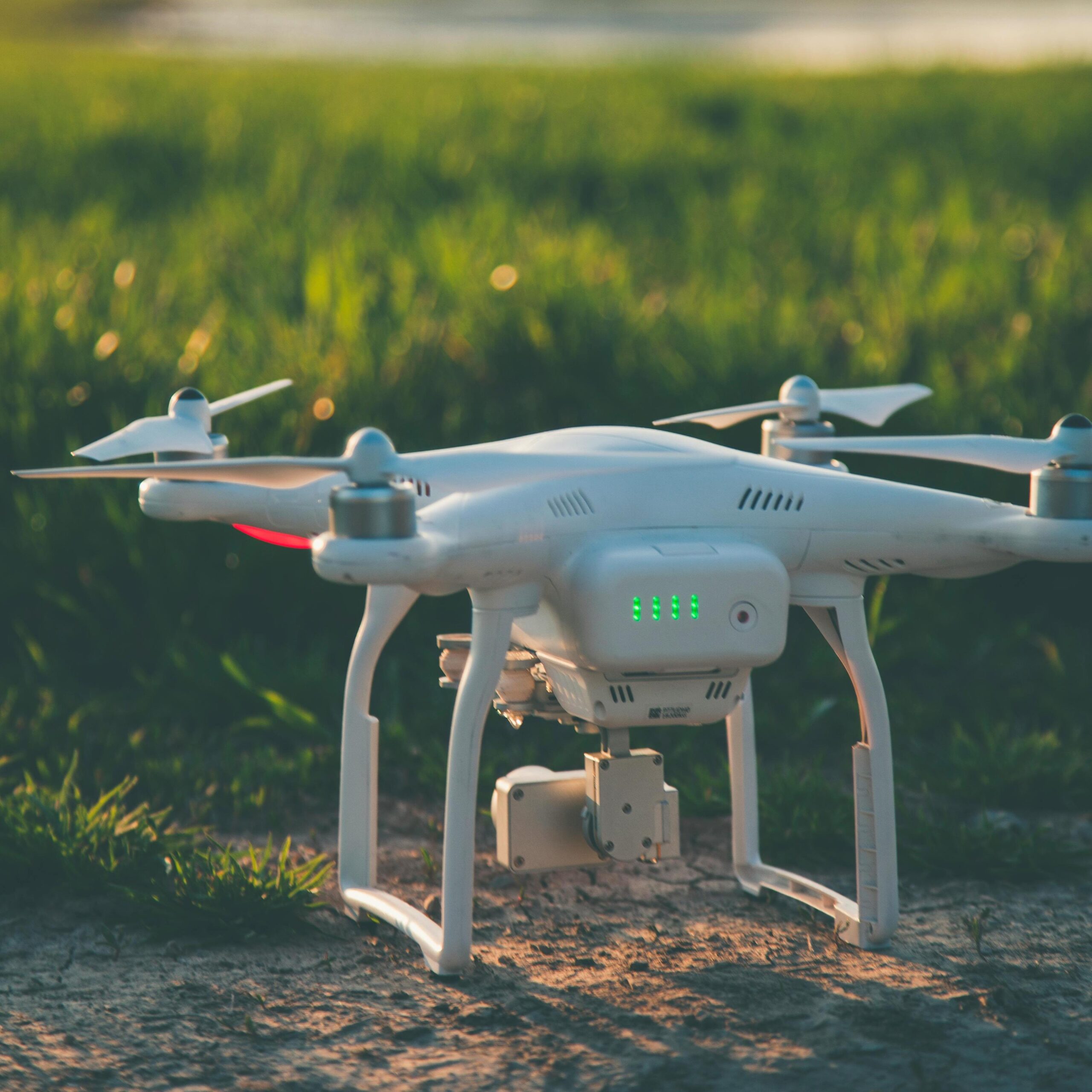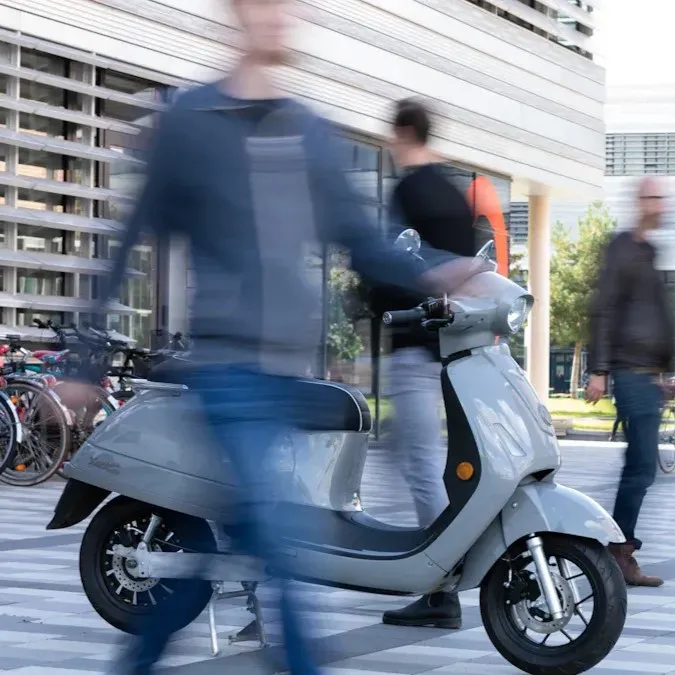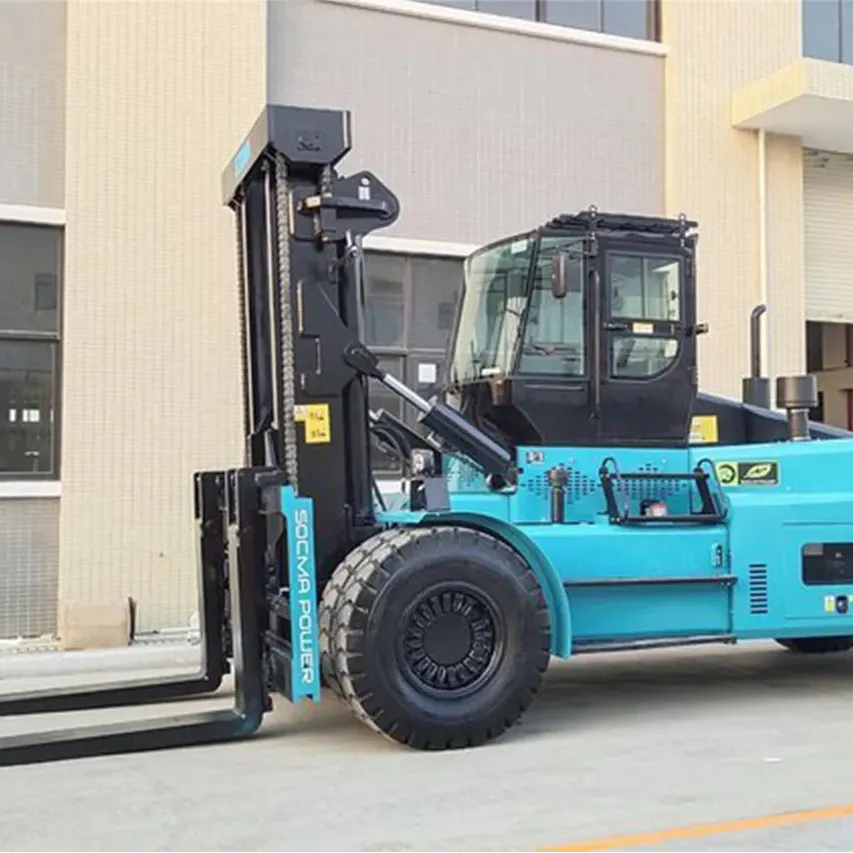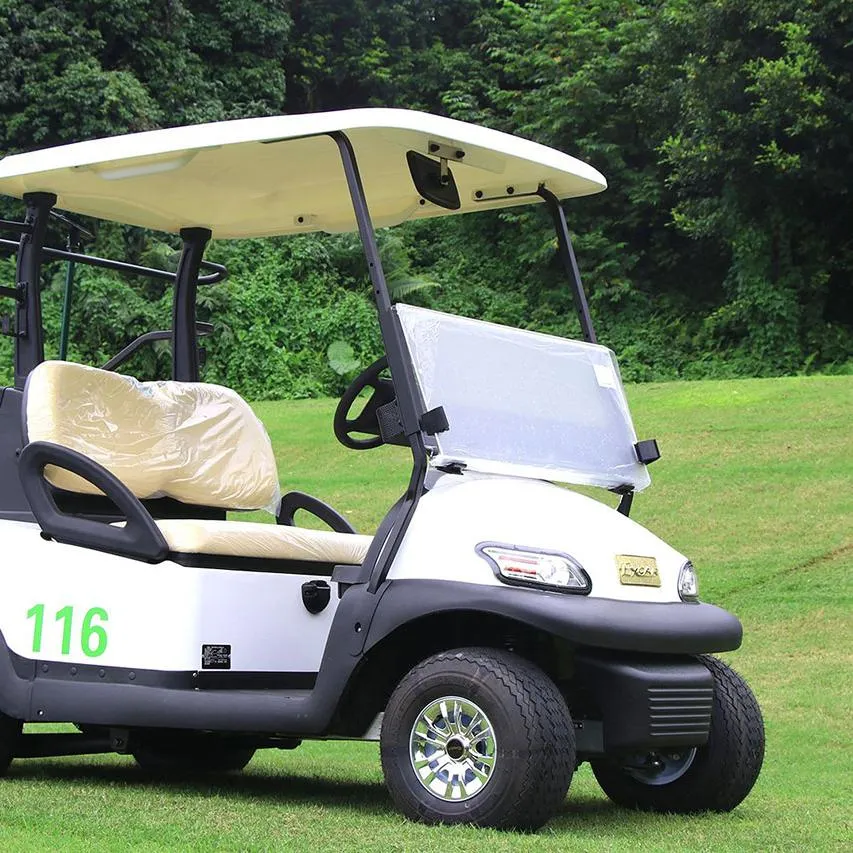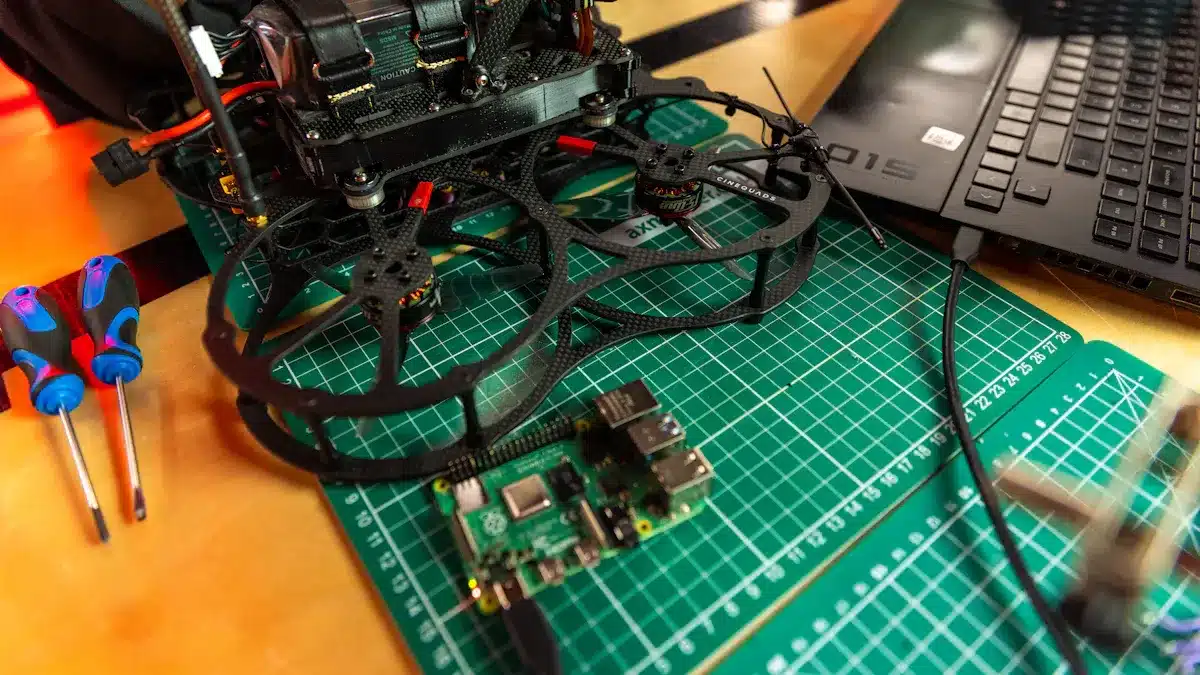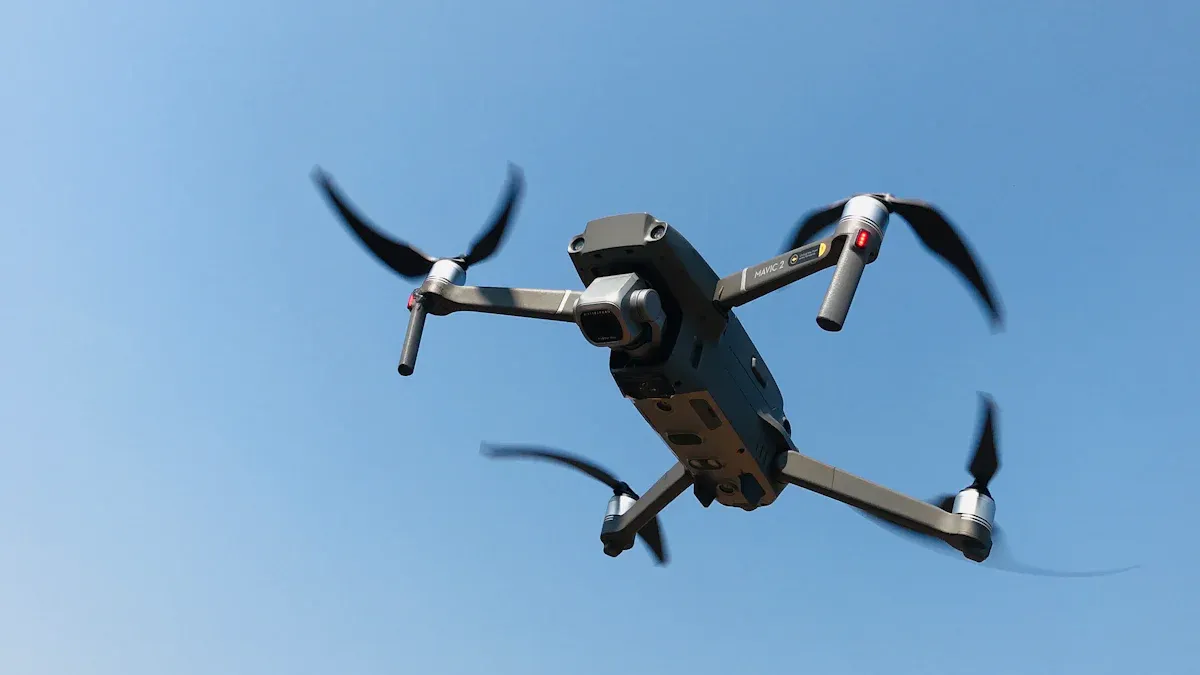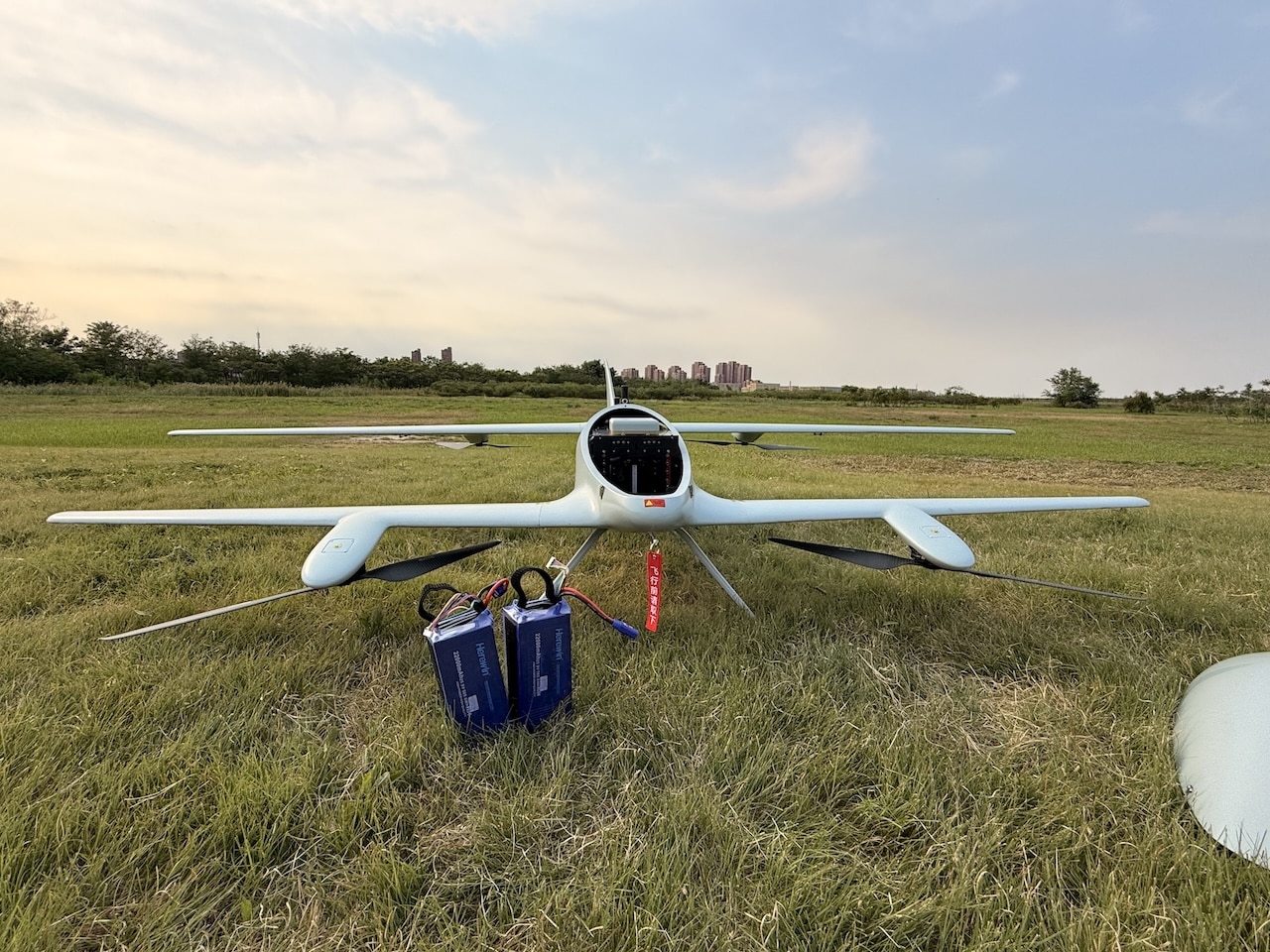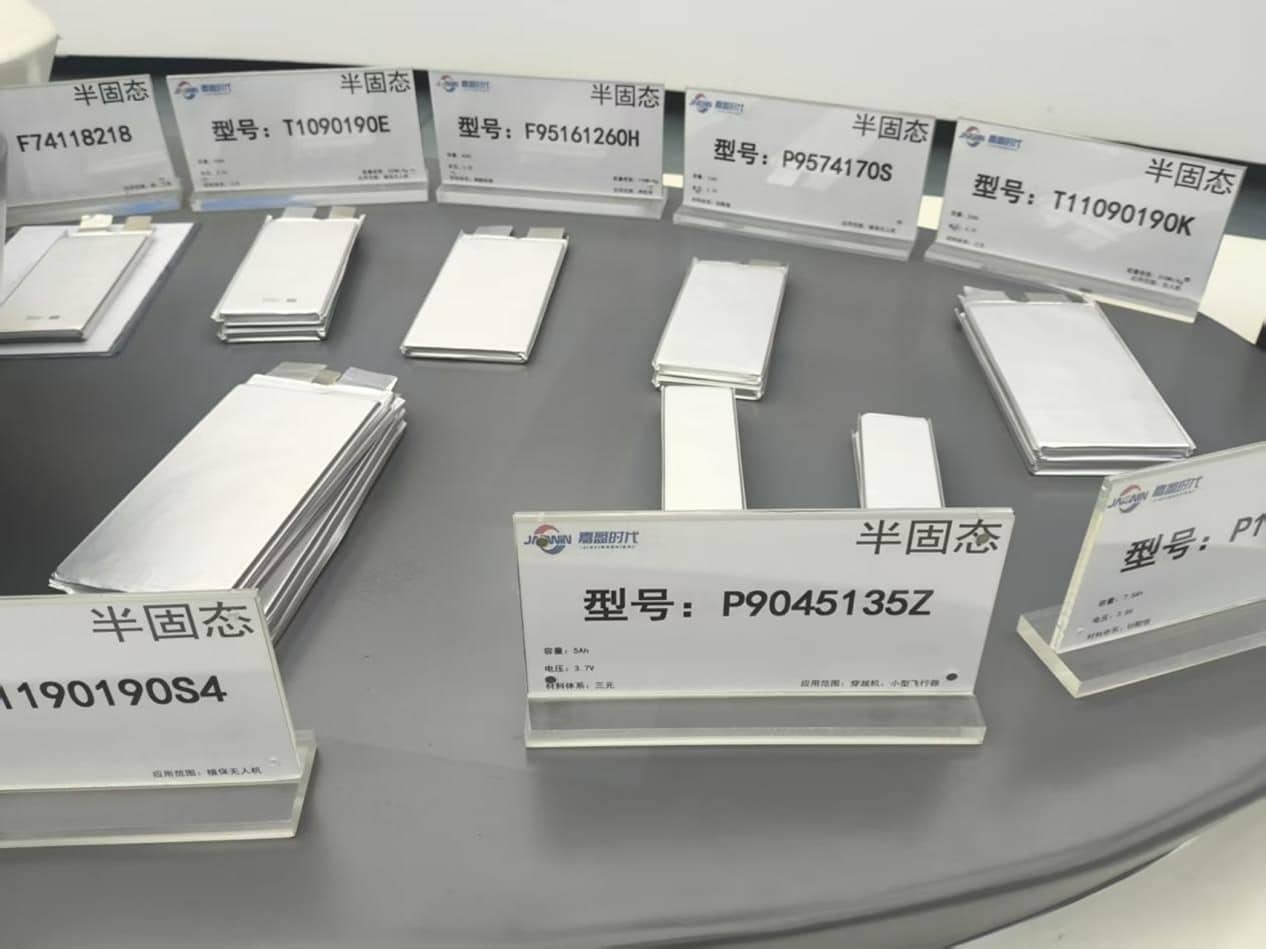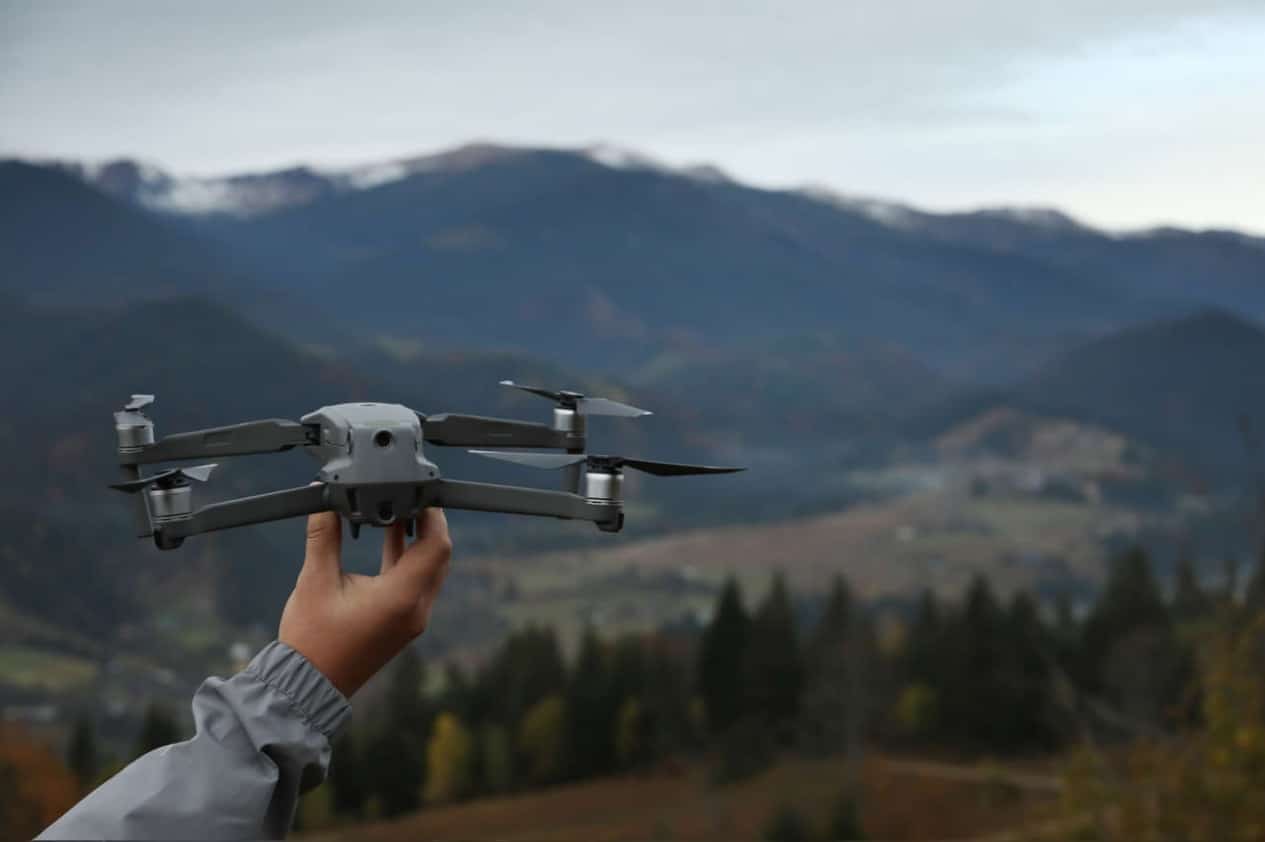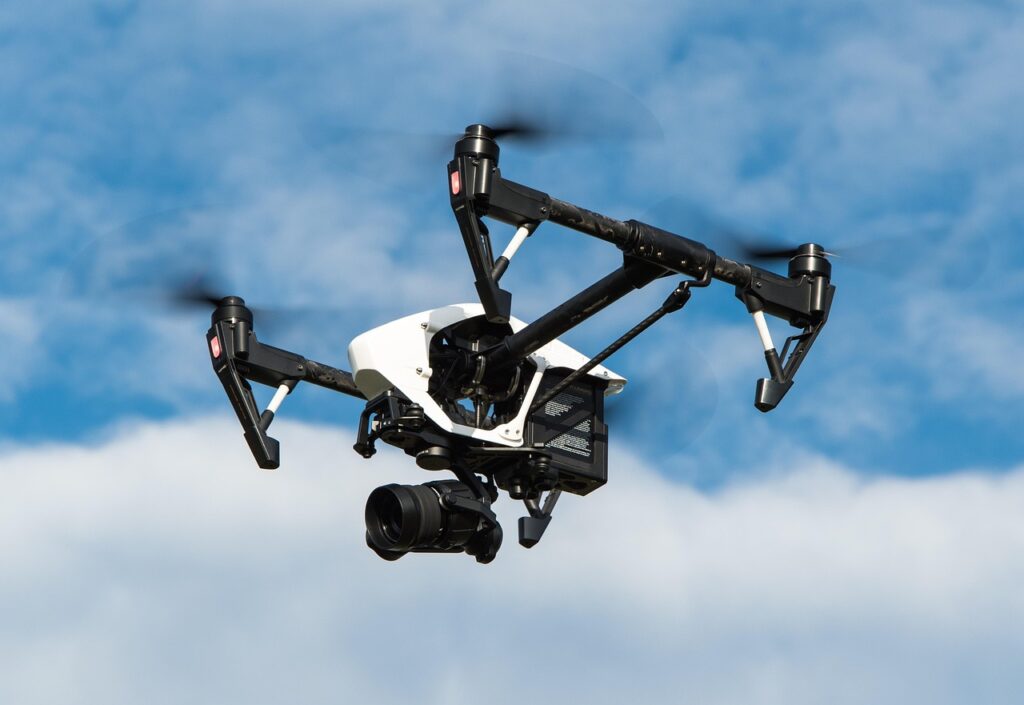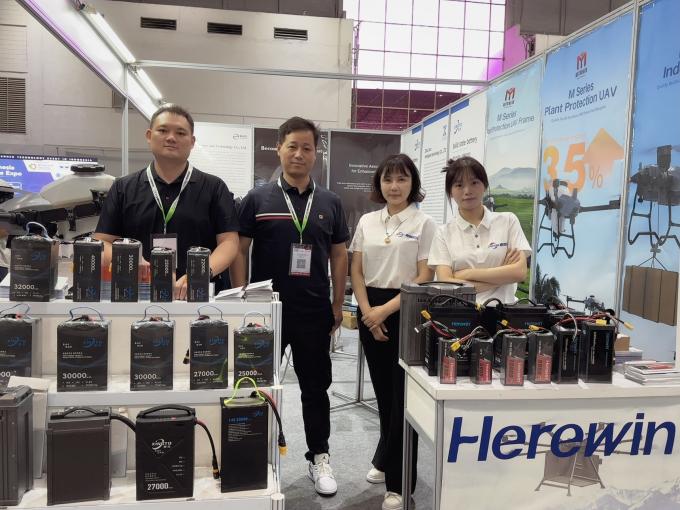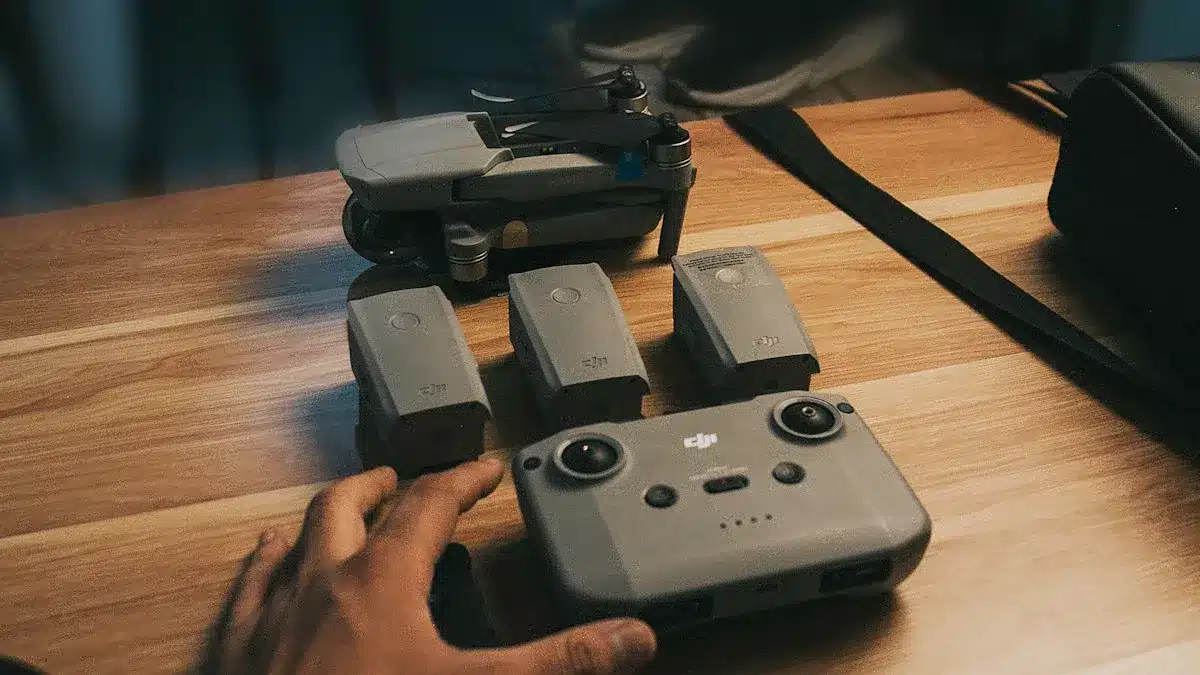
Semi-solid state batteries combine the advantages of liquid and solid batteries, utilizing a hybrid electrolyte system to deliver higher energy density and enhanced safety. This innovative technology enables drones to achieve extended flight times and perform reliably in challenging environments.
Herewin is at the forefront of this advancement with its cutting-edge semi-solid state battery solutions. Drones equipped with Herewin’s semi-solid state batteries charge more efficiently and offer longer operational lifespans. These features make them ideal for critical applications such as rescue missions and agricultural tasks. This breakthrough technology significantly enhances drone battery performance, ensuring superior results.
Key Takeaways
-
Semi-solid state batteries mix liquid and solid parts. They give more energy and are safer for drones.
-
Drones with these batteries can fly farther and carry more weight. This makes them great for jobs like deliveries and farming checks.
-
These batteries are safer because they lower the chance of overheating or leaking. They work well even in hard conditions.
-
Herewin’s new battery tech is a leader. It offers light and strong options to make drones better.
-
Semi-solid state batteries are the future for drones. They meet the need for longer-lasting and safer power.
How Semi-Solid State Batteries Work
Hybrid electrolyte system and materials
Semi-solid state batteries use a special mix of liquid and solid electrolytes. This mix includes a gel-like substance with both solid and liquid parts. The liquid part, making up 5-15%, helps ions move easily between electrodes. The solid part adds strength, keeping the battery stable under pressure.
The materials in this system are chosen to boost performance. High-nickel cathodes and silicon-carbon anodes are often used. These materials store more energy in a small space. Studies show hybrid electrolytes act like liquids for ion movement but stay strong like solids. This makes these batteries efficient and long-lasting.
Here are some research findings about hybrid electrolytes:
|
Study Title |
Authors |
Journal |
Year |
Description |
|---|---|---|---|---|
|
Solid-state polymer-particle hybrid electrolytes: Structure and electrochemical properties |
Zhao, X. Liu, S. Stalin, K. Khan, L. A. Archer |
Nat. Energy |
2019 |
Explains hybrid electrolyte features in semi-solid state batteries. |
|
Structure and evolution of quasi-solid-state hybrid electrolytes formed inside electrochemical cells |
N. W. Utomo, Y. Deng, Q. Zhao, X. Liu, L. A. Archer |
Adv. Mater. |
2022 |
Studies how hybrid electrolytes form and work in batteries. |
These studies show how hybrid electrolytes balance movement and strength, making them a big step forward in energy storage.
Key differences from liquid and solid-state batteries
Semi-solid state batteries are different because of their design and performance. Regular lithium-ion batteries use liquid electrolytes, which can leak or overheat. Semi-solid state batteries use gel-like electrolytes, making them safer. Solid-state batteries use solid electrolytes, but these can slow ion movement and are harder to make.
Here’s a table comparing semi-solid state batteries to lithium-ion batteries:
|
Feature |
Semi-Solid State Batteries |
Lithium-Ion Batteries |
|---|---|---|
|
Electrolyte Composition |
Gel-like mix |
Liquid |
|
Safety |
Safer, less risk of leaks or overheating |
Risk of fires or leaks |
|
Energy Density |
Stores more energy |
Stores less energy |
|
Cost |
Higher cost, still developing |
Lower cost, widely made |
|
Lifespan |
Lasts longer, resists damage |
Shorter life, wears out faster |
Semi-solid state batteries are better in many ways. They are safer, store more energy, and last longer. They work well in tough conditions like drones. These batteries handle pressure and shaking, making them reliable.
By combining liquid and solid features, semi-solid state batteries offer the best of both. They move ions like liquids and stay strong like solids. This makes them a big improvement in battery technology.
Advantages of Semi-Solid State Batteries for Drone Applications
More energy for longer flights
Semi-solid state batteries store more energy than regular lithium-ion batteries. They fit more power into the same space. Drones can fly longer without needing to recharge often. This helps finish tasks faster and saves time. Whether surveying land or delivering items, longer flights make work easier.
Benefits of more energy in drones include:
|
Advantage |
Description |
|---|---|
|
Longer flight times |
Helps with aerial monitoring without stopping. |
|
Carrying heavier loads |
Adds more tools like cameras or sensors. |
|
Flying farther |
Reaches areas that are harder to access. |
These batteries let drones carry more weight, like advanced gear, while flying longer. This makes them great for farming, shipping, and rescue missions.
Safer and cooler operation
Safety is very important for drone batteries. Semi-solid state batteries are safer than liquid lithium-ion ones. They use gel-like electrolytes that don’t overheat or leak easily. This makes them more stable and reliable.
Key safety features of semi-solid state batteries:
-
Heat builds up slower compared to liquid batteries.
-
Less gas is produced during use, making them safer.
-
They stay stable even when fully charged or under stress.
These features make semi-solid batteries dependable in tough conditions. They work well in hot or stressful environments, keeping drones safe and lasting longer.
Lightweight for better drone movement
Battery weight affects how drones perform. Lighter batteries help drones move faster and use less energy. Semi-solid state batteries are small and light but still store lots of power. This makes them perfect for drones needing speed and long flights.
Lighter batteries improve drone control and agility. This is helpful for tasks like mapping or inspections that need precision. The lightweight design also saves energy, letting drones fly efficiently and perform better.
Comparison with Other Battery Types
Semi-solid state vs. lithium-ion batteries
Semi-solid state batteries work better and are safer than lithium-ion batteries. They store more energy, letting drones fly longer and carry heavier loads. These batteries last up to 3,000 cycles, while lithium-ion ones last only 500-1,500 cycles. This means fewer replacements and lower costs over time.
Safety is a big advantage of semi-solid state batteries. Lithium-ion batteries can overheat or catch fire due to thermal runaway. Semi-solid state batteries use gel-like electrolytes that stay stable under stress. This makes them safer for drones in tough conditions.
|
Feature |
Lithium-Ion Battery |
Semi-Solid State Battery |
|---|---|---|
|
Energy Density |
150-250 Wh/kg, 300-700 Wh/L |
300-500 Wh/kg, 1000 Wh/L |
|
Safety |
Higher risk of thermal runaway |
Lower risk due to solid-state electrolyte |
|
Cycle Life |
500-1500 cycles |
Up to 3000 cycles |
Semi-solid state vs. LiFePO4 batteries
LiFePO4 batteries are safe and last long, but semi-solid state batteries store more energy. Semi-solid state batteries can reach 350 Wh/kg, while LiFePO4 batteries range from 90-160 Wh/kg. This lets drones fly farther and longer without recharging.
Both battery types are safe, but semi-solid state batteries handle extreme temperatures better. They work well in hot and cold weather, while LiFePO4 batteries struggle in freezing conditions.
|
Feature |
Semi-Solid State Batteries |
LiFePO4 Batteries |
|---|---|---|
|
Energy Density |
Up to 350 Wh/kg |
90-160 Wh/kg |
|
Safety |
High (reduced thermal runaway risk) |
Very High (chemically stable and non-flammable) |
|
Lifecycle |
Longer (reduced degradation) |
Long (thousands of cycles) |
|
Cost |
High (advanced materials) |
Low (economical materials and processes) |
|
Temperature Performance |
Better in high temperatures |
Sensitive to extreme cold |
|
Charging Speed |
Potentially Faster |
Moderate |
Why Herewin’s semi-solid state battery stands out
Herewin’s semi-solid state batteries use advanced technology to improve drone performance. They store lots of energy, allowing drones to fly longer and work efficiently. Their hybrid electrolyte system makes them safer and reduces risks during use. These batteries are also lightweight, helping drones move faster and easier.
Herewin is known for its innovation and expertise. With 20 years of experience, Herewin designs batteries for drone needs. Whether for farming, delivery, or rescue missions, Herewin’s batteries provide reliable power for important tasks.
Current Applications in Drone Technology
Drones powered by Herewin’s semi-solid state batteries
Drones with Herewin’s batteries perform very well. These batteries store lots of energy, helping drones fly longer. They also let drones carry heavier items, like cameras or packages. This makes them great for jobs like mapping or deliveries. Their light weight helps drones move easily, perfect for tasks like inspections or taking photos.
Herewin’s batteries are safer than regular ones. They don’t overheat or leak easily, even in tough conditions. They work well in hot or cold weather without losing power. These batteries last a long time, so you don’t need to replace them often.
Use cases in logistics, agriculture, and emergency rescue
Semi-solid state batteries are changing how drones work in many fields. In shipping, drones with these batteries deliver goods far away. They can reach places where trucks or cars have trouble. Their ability to carry heavy loads makes them useful for deliveries.
In farming, drones with these batteries cover big areas without stopping to recharge. They can check crops, spray pesticides, or study soil. Their small size lets them move easily in tight spaces like orchards.
Rescue teams also use these batteries for emergencies. Drones can quickly get to disaster areas and help. They can bring medicine, find people, or check damage where humans can’t go. These batteries work well in extreme conditions, making them reliable when needed most.
Industry adoption trends
More companies are using semi-solid state batteries for drones. These batteries improve how drones work and keep them safe. You’ll see them used more in shipping, farming, and rescue missions. Their ability to store energy and handle tough conditions makes them popular.
Herewin is leading this change with its advanced batteries. The company focuses on making drones better with new energy technology. As drones become important for big tasks, Herewin’s batteries are in high demand. This shows how better energy solutions are shaping the future of drones.
Future Potential of Semi-Solid State Batteries in Drones
Improvements in Herewin’s battery technology
Herewin keeps improving its battery designs. One new feature is four-electron conversion chemistry. This boosts how well the battery works and makes it safer. Another upgrade is using chlorine-rich catholyte (LIC7.2). This material increases battery capacity and fixes problems like the polyiodide shuttle effect.
|
Improvement |
Benefit |
|---|---|
|
Four-electron conversion chemistry |
Better performance and safety |
|
Chlorine-rich catholyte (LIC7.2) |
Higher capacity and solves shuttle effect issue |
These upgrades make Herewin’s batteries stronger and more dependable. Drones with these batteries can handle tough jobs in farming and shipping.
Growth in drone battery technology
Drone batteries are improving fast. The market for drone batteries is growing quickly. New designs, like semi-solid state batteries, are helping this growth.
-
Drone battery demand is rising worldwide.
-
Better battery technology is driving this growth.
-
Semi-solid state batteries are becoming more important for drones.
Drones are now used for farming, rescue, and deliveries. These jobs need batteries that last longer and work safely. Semi-solid state batteries meet these needs well.
Future use in the drone industry
Drones need better power to work efficiently. Semi-solid state batteries could become the main choice for drones. They store lots of energy and are safe to use.
More industries will start using drones with these batteries. They will help with tasks like delivering goods or checking crops. Herewin’s advanced batteries will lead this change. With semi-solid state batteries, drones will work better and save energy.
Semi-solid state batteries improve drones by giving them longer flights. They are safer and lighter, making them great for tough jobs. These jobs include deliveries, farming, and rescue missions. Herewin creates advanced batteries that help drones work better. Using this new technology makes drones more useful in many industries. Herewin’s batteries are changing how drones perform and making their future exciting.
FAQ
1. Why are semi-solid state batteries safer for drones?
Semi-solid state batteries use gel-like electrolytes. These electrolytes don’t overheat or leak easily. This design lowers the chance of fires or damage. They stay stable under stress, making drones work safely.
2. How do semi-solid state batteries help drones fly longer?
These batteries hold more energy in a small size. Drones can fly longer without needing to recharge often. This helps finish tasks like deliveries or mapping faster.
3. Can semi-solid state batteries work in extreme weather?
Yes, they work well in hot and cold weather. Their special electrolyte mix keeps them stable. Drones can perform reliably in different conditions.
4. What makes Herewin’s batteries good for drones?
Herewin’s batteries store lots of energy and are lightweight. They help drones fly longer and carry heavy items. Their safety features make them reliable in tough situations.
5. Are semi-solid state batteries worth the cost?
They cost more at first but last longer. You won’t need to replace them often, saving money over time. Their strong performance and safety make them a smart choice.
See Also
Evaluating Soft Pack Versus Cylindrical Batteries for Drones
Selecting the Right Manufacturer for Your Drone Batteries

